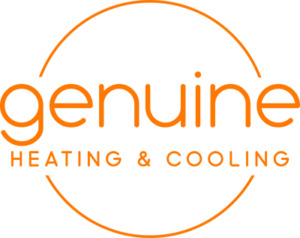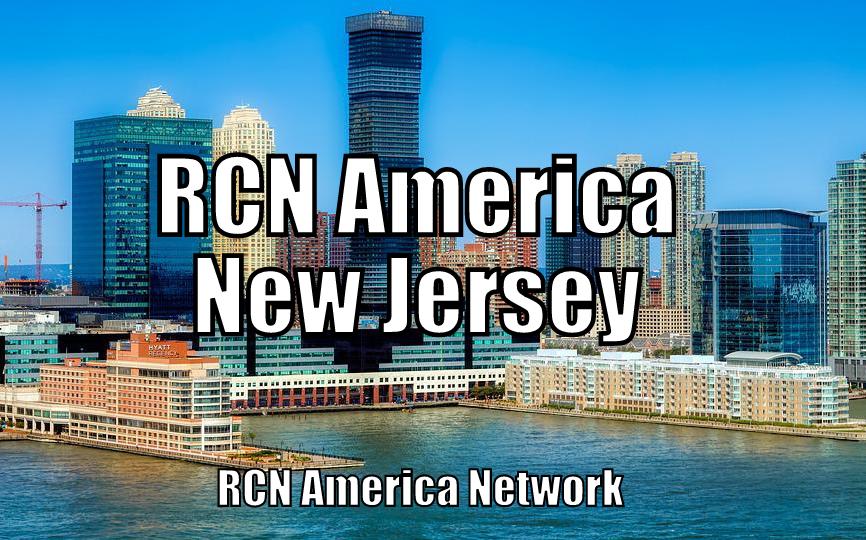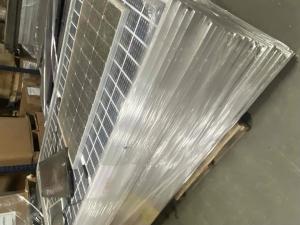
Genuine Heating & Cooling official logo
Genuine Heating & Cooling reveals the real cost of HVAC replacement-covering equipment, labor, and hidden expenses-to help homeowners budget smartly.
NJ, UNITED STATES, October 23, 2025 /EINPresswire.com/ -- Genuine Heating & Cooling, a trusted HVAC contractor serving Monmouth and Ocean counties, released an in‑depth guide that demystifies the true cost of replacing an aging furnace or air‑conditioner. As real‑estate transactions surge and more households invest in energy‑efficient systems, the company’s analysis highlights the price range of common equipment, the labor
required for installation, and hidden expenses such as ductwork modifications, electrical upgrades, and filtration upgrades. By sharing transparent data, the Point Pleasant firm aims to help homebuyers and homeowners budget wisely and avoid surprises when upgrading HVAC systems.Base Equipment Costs
Mid‑efficiency gas furnaces with 80–90 percent AFUE typically cost between $3,500 and $6,000 installed, while high‑efficiency 95–98 AFUE models run $5,500 to $9,000. Standard 14–16 SEER2 air‑conditioning condensers range from $4,000 to $7,500, and 18–20 SEER2 systems fall between $7,000 and $12,000. Heat‑pump systems occupy a similar price band but provide year‑round heating and cooling. Equipment size and capacity are significant variables: upgrading from a 3‑ton single‑zone system to a 5‑ton variable‑speed unit or multi‑zone heat‑pump can add $1,500–$2,000 per additional indoor head.
Installation Labor and Complexity
Installing high-efficiency equipment often requires upgrading a home’s electrical infrastructure to meet current code standards. Upgrading breakers or the service panel can add $500 to $2,500 to the project. Replacing refrigerant line sets-necessary when existing copper lines are kinked or contaminated-costs $350–$800 per run. If ductwork is leaky or undersized, sealing and insulation run $1,000–$3,000, while resizing or balancing duct runs adds another $500–$2,000. These modifications restore system efficiency and often pay for themselves within a few years.
Filtration and Indoor Air Quality Upgrades
Beyond heating and cooling, today’s homeowners expect cleaner indoor air. Many legacy systems use 1‑inch fiberglass filters, which cost about $3–$5 per filter and capture very little dust. Upgrading to pleated filters or high‑efficiency media cabinets improves air quality but also affects airflow and cost. High‑MERV media filters require wider cabinets and sometimes a variable‑speed blower, adding $200–$350 for the rack and $600–$900 for an ECM blower motor. Professional cleanings for HEPA or electronic filters cost $100–$200 per service. A real‑world example shows the trade‑off: switching from a 1‑inch fiberglass filter costing $48 per year to a 4‑inch MERV‑13 media filter costs about $120 per year plus a one‑time $250 cabinet installation, but removes smoke, dander, and some airborne viruses.
To help homeowners compare filtration options without a table, Genuine Heating & Cooling outlines the most common filter types:
- Fiberglass panels: 1‑inch thick, MERV 1–4 rating; replaced about every 30 days. They have the lowest cost at roughly $3–$5 per filter, but capture the least amount of dust.
- Pleated filters: Also 1 inch thick but with MERV 6–11 ratings; replaced every 60 days. They cost around $8–$15 each and improve dust and pollen removal, though they increase airflow resistance in undersized ducts.
- Media filters: 4–5 inches thick with MERV 11–16 ratings; replaced every 3–6 months. Priced at $25–$40 per filter, they require a dedicated filter rack or cabinet but cause much less pressure drop than 1‑inch pleats.
- HEPA bypass boxes: 6 inches or more thick, with true HEPA ratings of MERV 17–20; replaced every 6–12 months. They cost roughly $75–$150 each and are used in allergy‑sensitive homes, often with a dedicated blower or bypass damper.
Refrigerant, Efficiency and Fuel Types
Most new systems use R‑410A refrigerant, priced around $60–$90 per pound, while servicing older R‑22 systems can cost upwards of $120 per pound. Lower‑GWP blends such as R‑32 and R‑454B are entering the market, reducing long‑term environmental risk. Efficiency upgrades pay dividends: a properly sized 16 SEER2 air‑conditioner uses about 13 percent less electricity than a 14 SEER2 unit, saving roughly $1,200 over 15 years at New Jersey electricity rates. Moving from an 80 AFUE furnace to a 96 AFUE model can shave $200–$300 per year off a $2,000 gas bill.
Fuel choice also affects both the up‑front purchase price and ongoing operating costs. Genuine Heating & Cooling advises customers to consider the following:
- Natural gas: Medium up‑front cost with the lowest operating cost where gas service is available. Requires an annual combustion tune‑up.
- Propane: Similar up‑front cost to natural gas but roughly 1.5 times more expensive to operate. Homeowners may need to lease or purchase a storage tank.
- Oil: High initial equipment cost and the highest fuel price volatility. Equipment requires annual replacement of the filter and nozzle.
- Electric resistance: Lowest equipment cost but about three times as expensive to operate as gas heat. There is no flue, but monthly bills are highest.
- Heat pump: High installation cost but lower operating cost than oil or propane. Requires an annual refrigerant check.
Maintenance and Incentives
Regular service keeps new systems running at peak efficiency. Annual maintenance plans average $200–$350 per system and often include filter replacements, safety checks and priority repair rates. Many contractors include the first year of service with a new installation, and skipping maintenance once the free period ends can void manufacturer warranties and shorten equipment life by up to five years. Buyers in New Jersey may offset purchase costs through incentives. The New Jersey Clean Energy Program offers rebates up to $2,000 for high‑efficiency heat pumps and $700 for furnaces meeting 95 AFUE. Federal tax credits cover 30 percent of qualifying costs up to $2,000, and many HVAC companies provide zero‑percent promotional financing for 12–18 months or low‑interest loans spread over seven to ten years. When stacked with utility programs and state‑sponsored financing, upgrades can become cash‑flow neutral for many homeowners. Replacing a 25‑year‑old 10 SEER AC with a 16 SEER2 model can return its investment in seven to nine years.
About Genuine Heating & Cooling
Genuine Heating & Cooling is a family‑owned HVAC contractor based in Point Pleasant, New Jersey. The company has served Monmouth and Ocean counties for more than a decade, providing comprehensive heating, cooling, and indoor air‑quality services. Its team of certified technicians specializes in energy‑efficient installations, repairs, and maintenance, and offers 24/7 emergency support.


No comments:
Post a Comment